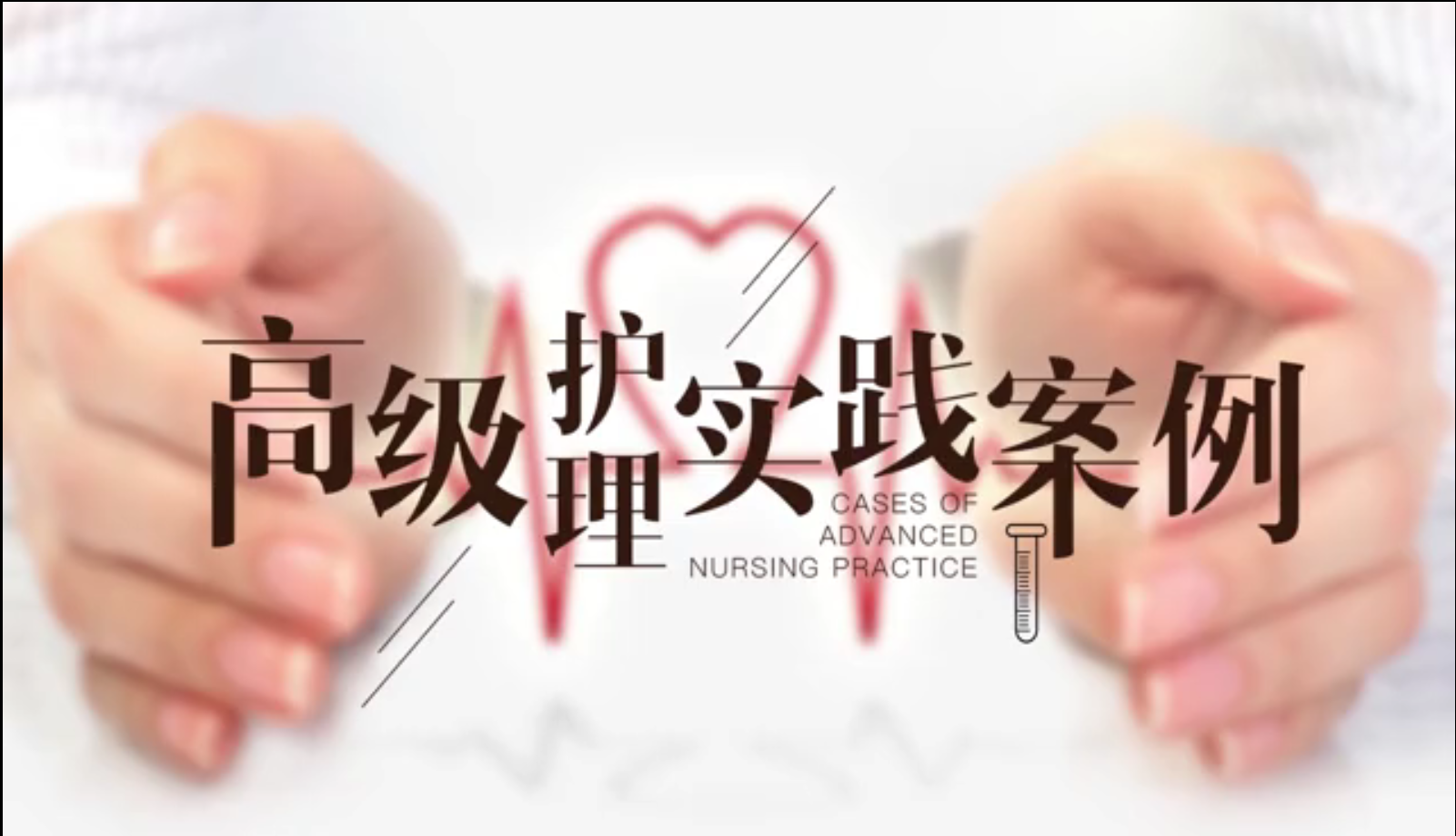第八章测试1.HELLP综合征Ⅰ级是指血小板计数( )。
A:<80×109/L
B:<70×109/L
C:<50×109/L
D:<60×109/L
答案:C
2.HELLP综合征降压过程中要求血压不可低于( )。
A:90/60mmhg
B:110/70mmhg
C:120/90mmhg
D:130/80mmhg
3.HELLP综合征既可以发生在产前,也可以发生在产后。( )
A:对 B:错 4.HELLP综合征临床上非常容易误诊、漏诊。( )
A:对 B:错 5.产后出血量的评估方法有( )。
A:称重法
B:休克指数法
C:临床表现评估
D:容积法
1.A 26-year-old man was admitted 2 weeks ago after multiple traumatic injuries in a motor vehicle crash. Today the patient has a serum creatinine at 3.9 mg/dL and blood urea nitrogen (BUN) of 100 mg/dL. Which medication, if ordered by the healthcare provider, should the nurse question? ( )
A:Gentamicin (Garamycin). B:Morphine. C:Nitrofurantoin (Macrodantin). D:Acetaminophen (Tylenol). 2.Which nursing intervention is most appropriate in providing care for an adult patient with newly diagnosed adult onset polycystic kidney disease (PKD)? ( )
A:Suggest genetic counseling resources for the children of the patient. B:Expect the patient to have polyuria and poor concentration ability of the kidneys. C:Implement appropriate measures for the patient’s deafness and blindness in addition to the renal problems. D:Help the patient cope with the rapid progression of the disease. 3.A 52-year-old man with stage 2 chronic kidney disease is scheduled for an outpatient diagnostic procedure using contrast media. Which action should the nurse take? ( )
A:Evaluate the patient’s lower extremities for oedema. B:Assess skin turgor to determine hydration status. C:Check the patient’s urine for the presence of ketones. D:Insert a urinary catheter for the expected diuresis. 4.The home care nurse visits a 34-year-old woman receiving peritoneal dialysis. Which statement, if made by the patient, indicates a need for immediate follow-up by the nurse? ( )
A:‘The drainage is bloody when I have my period.’ B:‘Drain time is faster if I rub my abdomen.’ C:‘The fluid draining from the catheter is cloudy.’ D:‘I wash around the catheter with soap and water.’ 5.To assess the patency of a newly placed arteriovenous graft for dialysis, the nurse should ( )
A:Palpate the area of the graft to feel a normal thrill. B:Irrigate the graft daily with low-dose heparin. C:Monitor the BP in the affected arm. D:Frequently monitor the pulses and neurovascular status distal to the graft. E:Listen with a stethoscope over the graft to detect a bruit.
温馨提示支付 ¥3.00 元后可查看付费内容,请先翻页预览!


